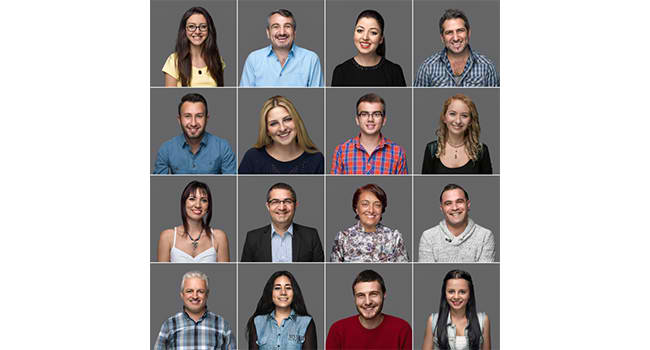Brain hacking study: Train your cingulate cortex to reduce bias and regulate emotions

———-
Don’t Like Their Faces? Train Your Brain to Feel More Positive (IEEE Spectrum):
“Like it or not, we often have positive or negative feelings about a total stranger based solely on the looks of his or her face…Last week, researchers described, in the journal PLOS Biology, a brain training system that can alter emotions evoked by the sight of someone’s face. With just a few days of training, study volunteers felt more positively or negatively about a photo of a stranger…
The fact that the brain activity monitored over the course of the experiment was going on in the cingulate cortex helped land the group’s work a spot in PLOS Biology. Previous research suggested that brain activity associated with positive and negative reactions to faces comes from multiple brain regions. Kawato’s group says it is the first to show that focusing on just the cingulate cortex is sufficient for manipulating both positive and negative facial preferences.
That region of the brain is already known to play an important role in affective disorders such as depression, PTSD, and phobias, says Kawato. Being able to manipulate that part of the brain in order to affect facial preference (which is an emotional condition), bodes well for the group’s chances for targeting debilitating mental disorders.”
Study: Differential Activation Patterns in the Same Brain Region Led to Opposite Emotional States (PLOS Biology)
- Abstract: In human studies, how averaged activation in a brain region relates to human behavior has been extensively investigated. This approach has led to the finding that positive and negative facial preferences are represented by different brain regions. However, using a functional magnetic resonance imaging (fMRI) decoded neurofeedback (DecNef) method, we found that different patterns of neural activations within the cingulate cortex (CC) play roles in representing opposite directions of facial preference. In the present study, while neutrally preferred faces were presented, multi-voxel activation patterns in the CC that corresponded to higher (or lower) preference were repeatedly induced by fMRI DecNef. As a result, previously neutrally preferred faces became more (or less) preferred. We conclude that a different activation pattern in the CC, rather than averaged activation in a different area, represents and suffices to determine positive or negative facial preference. This new approach may reveal the importance of an activation pattern within a brain region in many cognitive functions.
Learn more:



Interesting study. Subconscious bias is such a huge problem and being able to train it out of ourselves is definitely something this world could use.